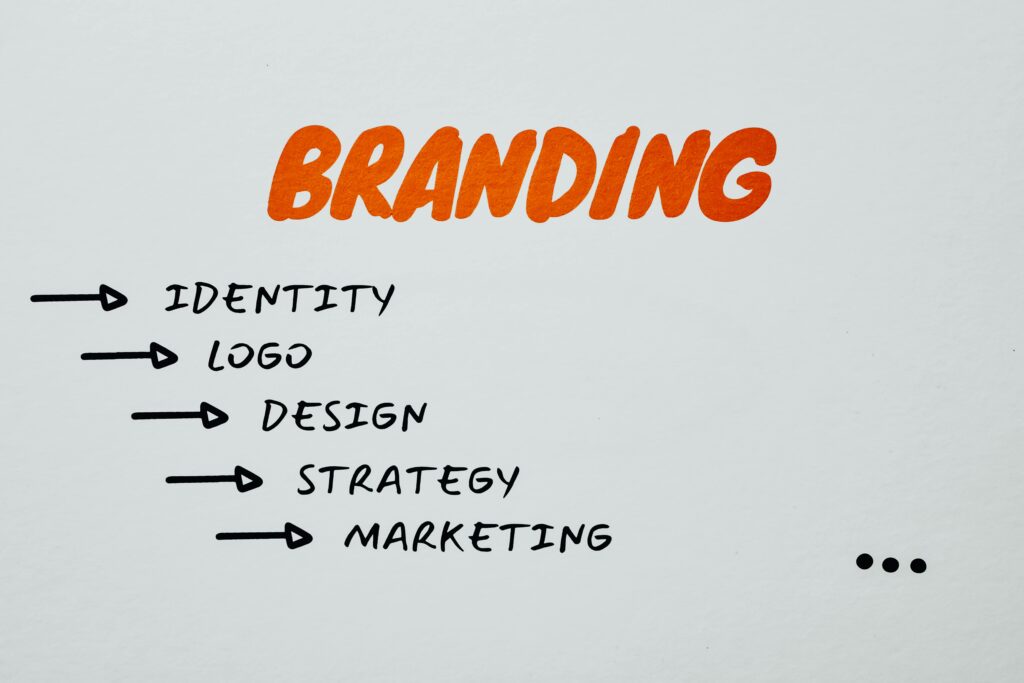Content marketing is a powerful way to improve SEO, drive traffic, and engage your audience. With the right strategies, your content can rank higher, attract readers, and deliver value. This guide will share actionable tips to help you master content marketing and make it a cornerstone of your SEO efforts.
Why Content Marketing is Essential for SEO
Content marketing plays a big role in SEO. Search engines prioritize helpful, relevant, and well-written content. By aligning your marketing strategy with SEO goals, you can reach more people, keep them on your website longer, and encourage them to take action.
But why is it so important?
- Improves Visibility: Quality content helps you rank for keywords your audience searches for.
- Builds Authority: Sharing accurate and useful information makes you a trusted source.
- Drives Engagement: Engaging content keeps readers coming back.
Understand Your Audience
Before you begin, know who you are speaking to. Your audience’s needs, preferences, and search behavior shape your content marketing plan.

How to Identify Your Audience: Content Marketing
- Analyze Data: Use tools to track website visitors and see who they are.
- Survey Your Audience: Ask what they need and what challenges they face.
- Review Competitors: Look at who engages with their content.
Pro Tip: Understanding your audience’s pain points helps you craft content that speaks to them directly.
Keyword Research: The Foundation of SEO
Keyword research connects your content to what people are searching for. This process helps you identify phrases to include naturally in your content.
Steps to Effective Keyword Research
- Find Keywords: Use tools to discover popular search terms in your industry.
- Choose Long-Tail Keywords: These are specific phrases that often face less competition.
- Focus on Search Intent: Understand whether users are looking for information, a product, or a service.
Did You Know? Keywords in headings and subheadings make your content easier to find and read.
Create High-Quality Content
Search engines value well-written, detailed, and informative content. Quality is key, so focus on delivering value in every piece.
What Makes Content High-Quality?
- Original Ideas: Avoid rehashing the same points as others.
- Readable Structure: Use short sentences, bullet points, and clear headings.
- Actionable Insights: Offer tips, examples, or solutions readers can use.
Tip: High-quality content not only attracts readers but also encourages them to share it.
Write Engaging Headlines: Content Marketing
Your headline is the first thing readers see. A strong headline grabs attention and encourages clicks.

How to Craft Click-Worthy Headlines
- Keep It Clear: Be direct about what the content offers.
- Include Numbers: Lists are appealing, like “10 Ways to Improve SEO.”
- Use Power Words: Words like “proven” or “effective” create curiosity.
A good headline can make the difference between someone clicking on your article or scrolling past it.
Focus on User Intent
Search engines aim to match user queries with relevant content. Addressing user intent ensures your content satisfies their needs.
Three Types of Search Intent
- Informational: Users want to learn something.
- Navigational: Users are looking for a specific website.
- Transactional: Users plan to take action, like making a purchase.
By tailoring your content to user intent, you increase its chances of being helpful and ranking higher.
Optimize On-Page Elements: Content Marketing
On-page SEO involves adjusting elements within your content to improve its search performance.
Key On-Page Elements
- Title Tags: Include the focus keyphrase in the title.
- Meta Descriptions: Write concise summaries with the focus keyphrase.
- Header Tags: Structure content with H1, H2, and H3 tags for clarity.
- Internal Links: Connect your pages to encourage readers to explore more.
Bonus Tip: Optimize images with descriptive file names and alt text to improve accessibility and SEO.
Use Visual Content to Enhance Your Articles: Content Marketing
Visuals make your content more engaging and easier to understand. Adding images, infographics, or videos keeps readers interested.

Benefits of Visual Content
- Breaks up text for better readability.
- Helps illustrate complex points.
- Boosts shareability on social media.
Choose visuals that align with your message and add value to your content.
Promote Your Content Effectively
Creating content is just one part of the process. Promoting it ensures it reaches your target audience.
Effective Promotion Strategies
- Social Media Sharing: Post your content on platforms where your audience is active.
- Email Marketing: Send updates to your subscribers with links to new content.
- Collaborations: Partner with other brands or influencers for greater reach.
Fact: Promotion increases the chances of your content being linked to, which boosts SEO.
Build Backlinks: Content Marketing
Backlinks from reputable websites signal to search engines that your content is valuable.
How to Earn Quality Backlinks
- Create Shareable Content: People are more likely to link to unique and useful articles.
- Guest Blogging: Write for other websites and include links to your own.
- Reach Out: Contact sites that may find your content relevant.
The more high-quality backlinks you have, the more trustworthy your website appears.
Measure and Adjust Your Strategy: Content Marketing
Regularly reviewing your strategy ensures you stay on track and adapt to changes in SEO trends.
Tools to Measure Success
- Google Analytics: Tracks website traffic and user behavior.
- Search Console: Monitors performance in search results.
- Keyword Tools: Checks rankings for target phrases.
Use this data to refine your approach and identify what works best for your audience.
Keep Your Content Fresh
Outdated content can hurt your rankings. Updating your articles keeps them relevant and useful.
Tips for Refreshing Content
- Add new information or examples.
- Update keywords to match current trends.
- Fix broken links or outdated references.
Fresh content signals to search engines that your website is active and worth visiting.
Repurpose Content Across Platforms: Content Marketing
Repurposing lets you get more value from your existing work by presenting it in different formats.
Ideas for Repurposing Content
- Turn a blog post into a video.
- Share key points as social media posts.
- Combine articles into an eBook or guide.
This strategy helps you reach different segments of your audience without creating new content from scratch.

Consistency is Key: Content Marketing
Consistency builds trust with your audience and improves SEO. Regularly publishing quality content helps you stay relevant.
How to Stay Consistent: Content Marketing
- Create a Content Calendar: Plan topics and deadlines in advance.
- Set Realistic Goals: Choose a schedule you can maintain.
- Reuse Proven Formats: Repeat successful content types.
Consistency keeps your audience engaged and encourages search engines to crawl your site more frequently.
Conclusion: Content Marketing
Content marketing is an essential tool for improving SEO and connecting with your audience. By focusing on quality, targeting the right keywords, and promoting your work, you can achieve better rankings and lasting results. Follow these strategies, and watch your content marketing efforts lead to measurable success.







